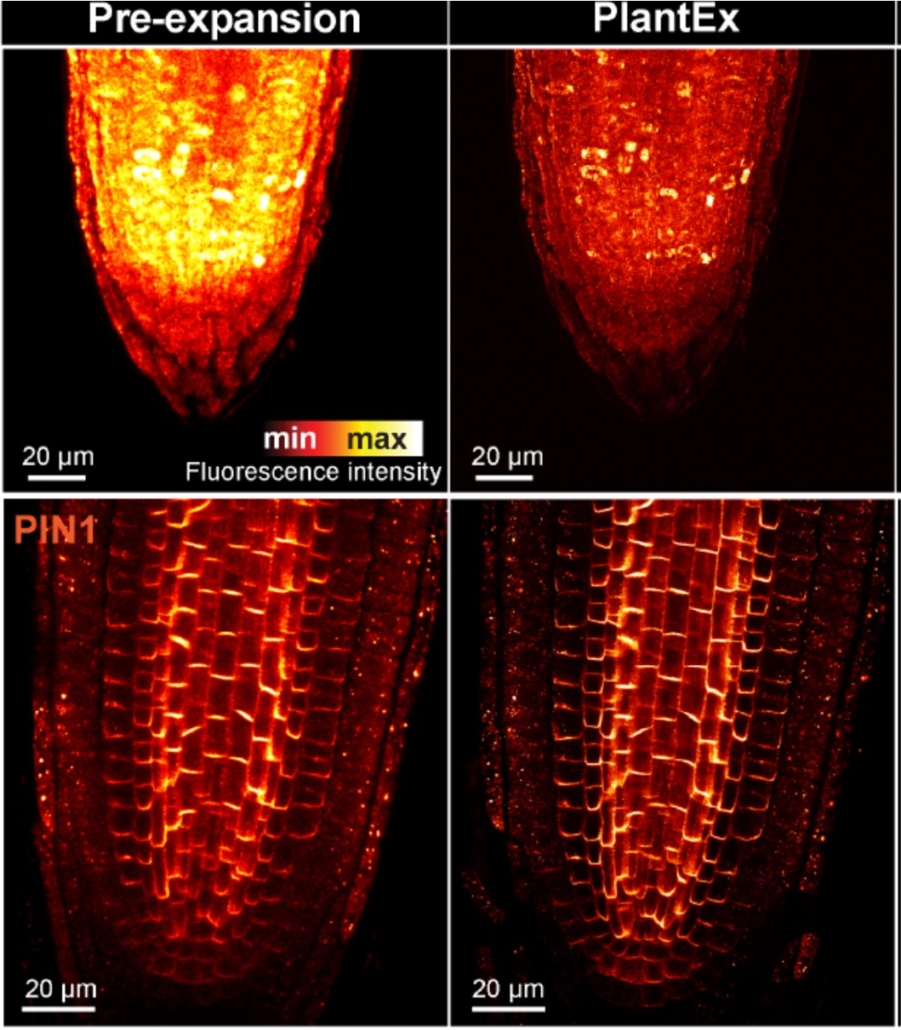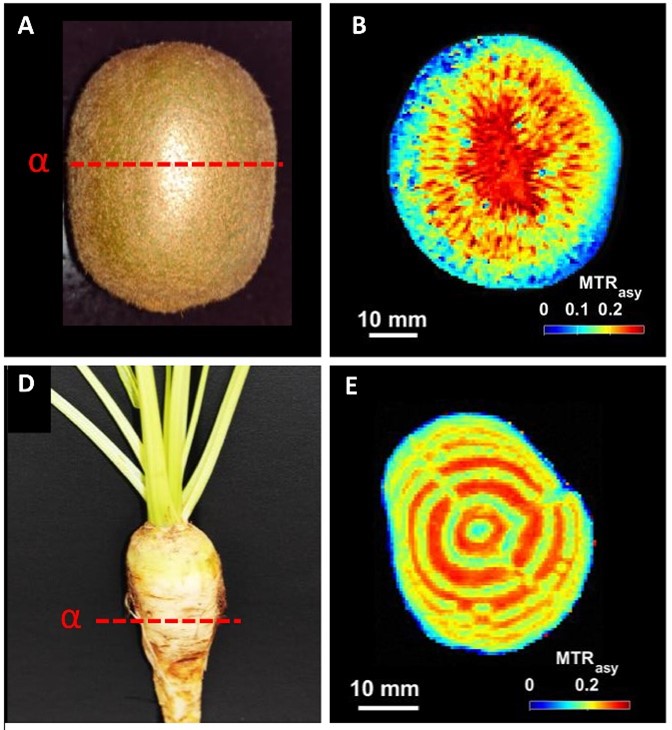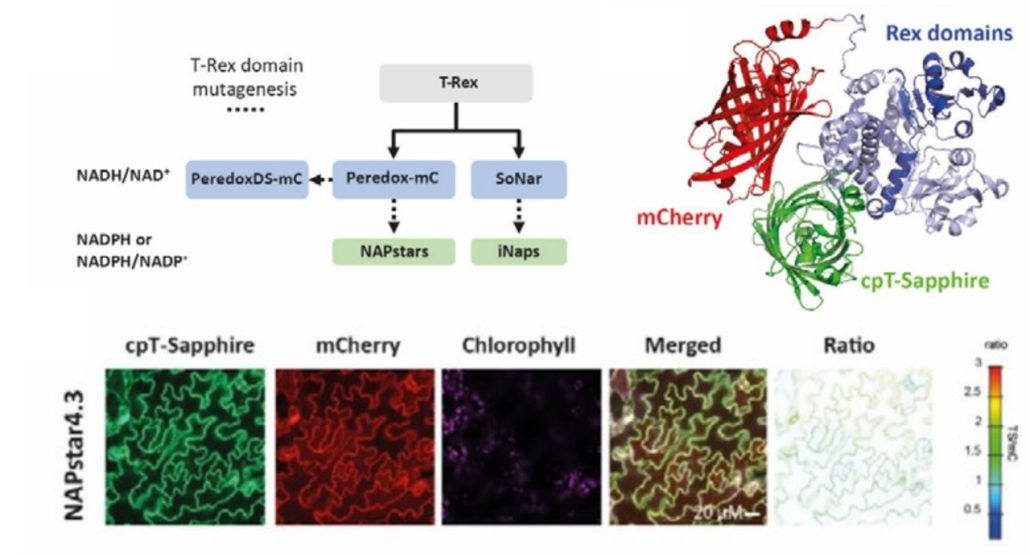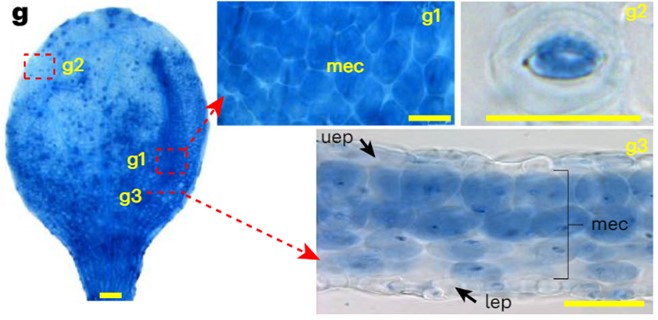
Cells are larger than life when ExPOSEd
Plant Science Research WeeklyCells are as small as life gets, but can be much larger than they appear if given room for expansion. This is possible with expansion microscopy, a technique that enables three dimensional cell imaging by physically expanding cellular components for visualization. Although expansion microscopy has been…

Expanding the resolution limits of conventional microscopy in whole plant tissues
Plant Science Research WeeklyHow can we precisely image plant tissues in super-resolution when approaching the optical limits of conventional microscopes? One solution lies in expansion microscopy, a technique that embeds tissue samples in an expandable hydrogel that proportionally increases the distances between structures, allowing…

Metabolites through the looking glass with CEST MRI
Plant Science Research WeeklyNon-invasive imaging technologies like computed tomography and magnetic resonance imaging (MRI) have revolutionized medicine by improving diagnostics and guiding treatment. Due to its versatility, MRI also holds potential for plant sciences, where it can be used to visualize and quantify metabolites…

NAPstars: the new stars of the redox imaging toolbox!
Plant Science Research WeeklyRedox reactions are an integral part of cellular metabolism and nicotinamide adenine dinucleotide phosphate or NADP is an essential component due to its capacity to be oxidized or reduced. To get a better understanding of cellular redox homeostasis, precise quantification and visualization of NADP redox…

Visualizing plant intracellular inorganic orthophosphate distribution
Plant Science Research WeeklyPhosphorus is the second most essential macronutrient in terms of limiting plant growth, acquired in the form of orthophosphate (Pi) by plant roots. The intricate processes of sensing, uptake, transport, storage, utilization, and cellular compartmentalization of Pi are finely orchestrated by a complex…

